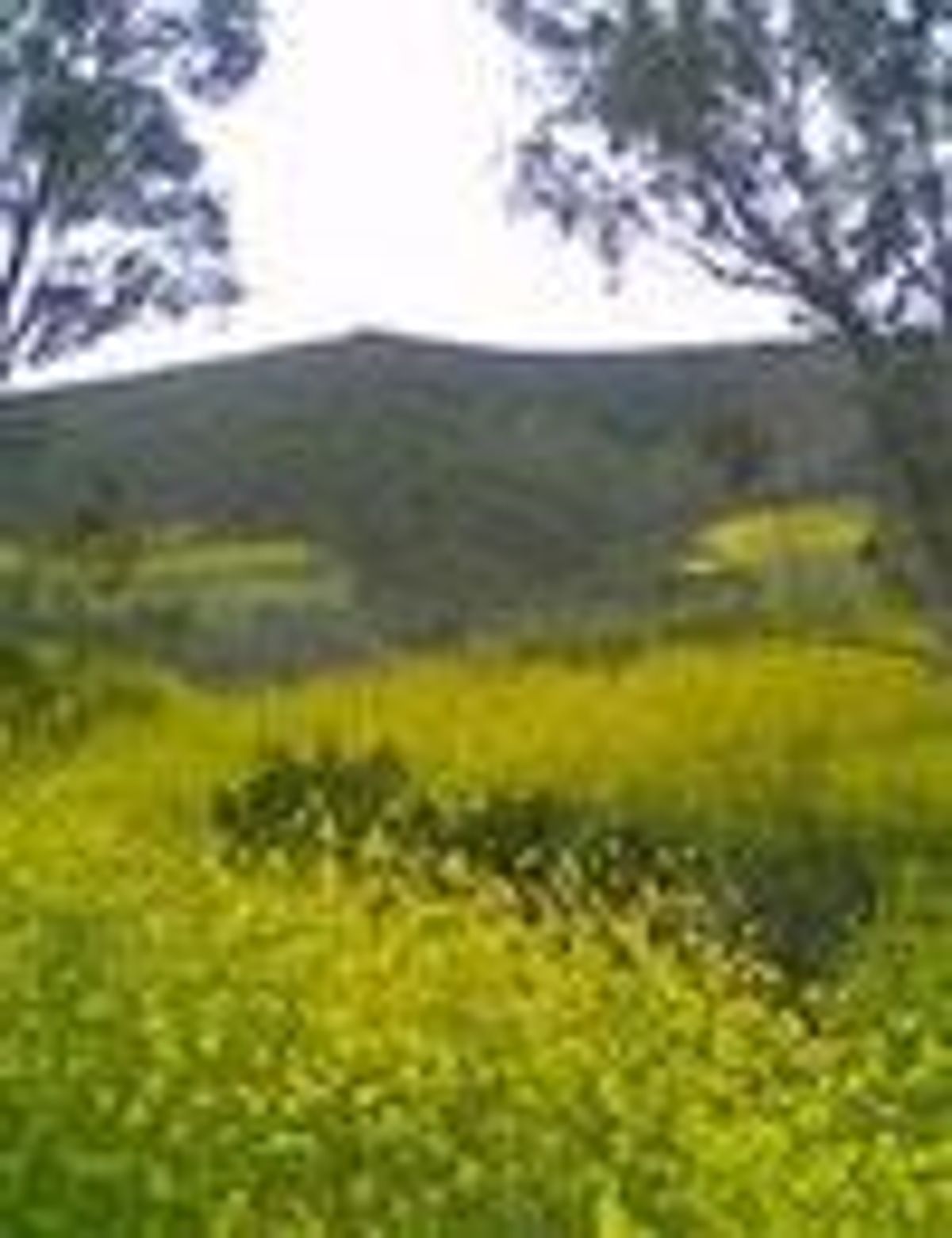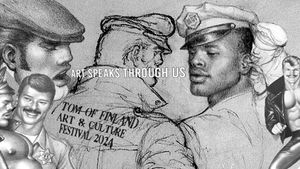Soccer mom Jennifer Schumaker's plan to walk the
569 miles from San Diego to San Francisco
"evolved from a very simple thought," she
tells The Advocate. "Three years ago I let a
man reenter a line for coffee, and I thought, He
has no idea that a lesbian was nice to him today."
Thereafter, Jennifer began coming out to everyone she had
even passing contact with in her life.
The Escondido, Calif., carpool mom is now raising her
visibility campaign to another level: walking most
of the way up the California coastline and coming
out to everyone she meets along the way. She left
San Diego on April 8 and plans to reach San Francisco on
June 3, where she'll meet out state
assemblyman Mark Leno.
Along the way, she'll be calling in to The
Advocate each week to tell her story.
I'm about
at the halfway point, and my feet are starting to feel the
strain of the walk. I covered 16 miles the other day and
that was pushing things a bit too far. But I continue
my mantra: This is still easier than being gay in
America.
There's
been coverage in the local newspapers of many of the towns I
pass through, although the quality varies greatly. In
San Luis Obispo it was a tiny blurb next to the
obituaries. I try not to be negative or judgmental,
but I can't help but wonder if a lone woman were
walking 500 miles for breast cancer or cystic fibrosis
this might get more attention.
In Lompoc there
was a nice long article, and it was good to see that the
reporter really got what I was trying to say. I asked him
how many children were in the Lompoc schools, and he
guessed about 8,000. To take the very conservative
figure that at least 5% of the population is gay, that
means they have 400 LGBT kids in their schools. If 400 of
their kids had some special need--were gifted
musicians or were in wheelchairs--the schools
would do something to accommodate them, but nothing is done
for this large number of children who are
"different." I worry about these
children. When these kids are 11 or 13 and starting to
really feel that normal attraction to others, they
can't just escape to San Francisco or a gay
ghetto.
I continue to be
surprised and pleased by the reactions I'm getting
and some of the quarters from which support has come.
Experience and expectations led me to be a little wary
of approaching the guy with the motorcycle displaying
an Alabama license plate--after all, he represented
three groups that have traditionally been the least
supportive of gay rights: Southerners, the elderly,
and males. But when I asked him if he would vote for
same-sex marriage in Alabama, he said, "Sure.
That's your personal business."
When I saw the
couple get out of their car with the ribbon that said,
"One Man, One Woman. Supporting Godly
Marriages," I was again anticipating a less
than harmonious discussion, but Jim and Betty told me
their church did not have a policy of turning anyone away.
According to these two Nazarenes, the message
wasn't an endorsement for heterosexual-only
unions but a statement of the sanctity of marriages,
preserving them through counseling, and not giving up on
relationships so easily when challenges arise.
Jennifer with Margie, a volunteer docent at the Cultural
Arts and Education/Chamber of Commerce building in
the town of Guadalupe.
And then there
was Margie at the Cultural Arts and Education Center in
the town of Guadalupe. She worked for years to promote
Filipino rights and awareness. As I spoke with her and
learned of the work she had done to end prejudice for
her people, it again struck me that since there are
gay people of every nationality, race, and, religion, we
could be the glue that holds this puzzle of cultures
together, the catalyst that unites all of these
diverse groups, providing the shading between all of
the colors of the rainbow.
As told to Walter G. Meyer


















































































